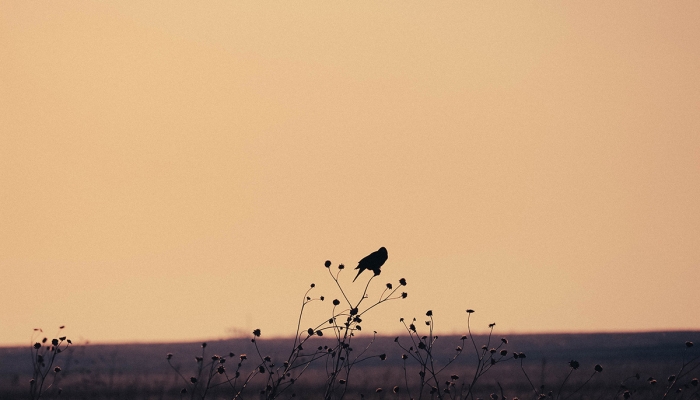Birder's Delight
Teal View Wetland Education Area annual event hosts birds and birders
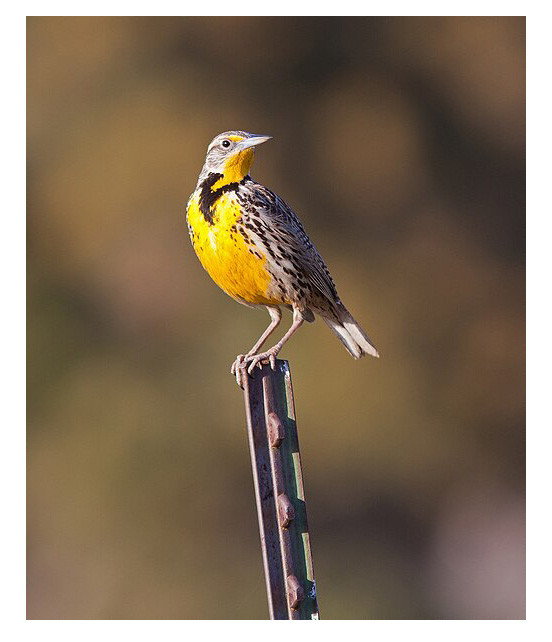
It was a rich acoustic landscape on Saturday morning as a handful of birders gathered at Teal View Wetland Education Area near Hampton to search for species in the spring sunshine. With binoculars, bird guides, and bird ID phone apps, participants spread out in the 39-acre restored wetland to explore and enjoy a peaceful experience in nature, hosted by the Upper Big Blue Natural Resources District.
Early morning tends to be the best time for birding, as many species are most active in the few hours after dawn while feeding on insects. Spring is also a great time for birding, with many migrating species passing through and resident species searching for a mate and the perfect spot to build a nest and raise a family. Teal View is a playa wetland (a shallow, clay-bottomed depression) surrounded by agricultural lands and is a habitat oasis on a landscape dominated by row crops. It is part of the Rainwater Basin Wetland Complex area of Nebraska, which comprises most of the acres in Upper Big Blue NRD.
The weather was perfect for birding as the dawn chorus of birds presented their daily overture, including the whistle and buzz of the abundant red-winged blackbirds, the coy calls of the bobwhites, the showy solo of the Meadowlark (our state bird), and the plaintive cry of the killdeer. The species identified ranged from the common (American Robin) to the more exceptional (Vesper Sparrow). Birds swooped through the air, hopped along the dried husks of the previous year’s vegetation, and startled up out of in the lush green grass at ground level. They came in a variety of colors, from the camouflage dappled brown of a female pheasant to the vibrant blue of a mallard’s wing in flight.
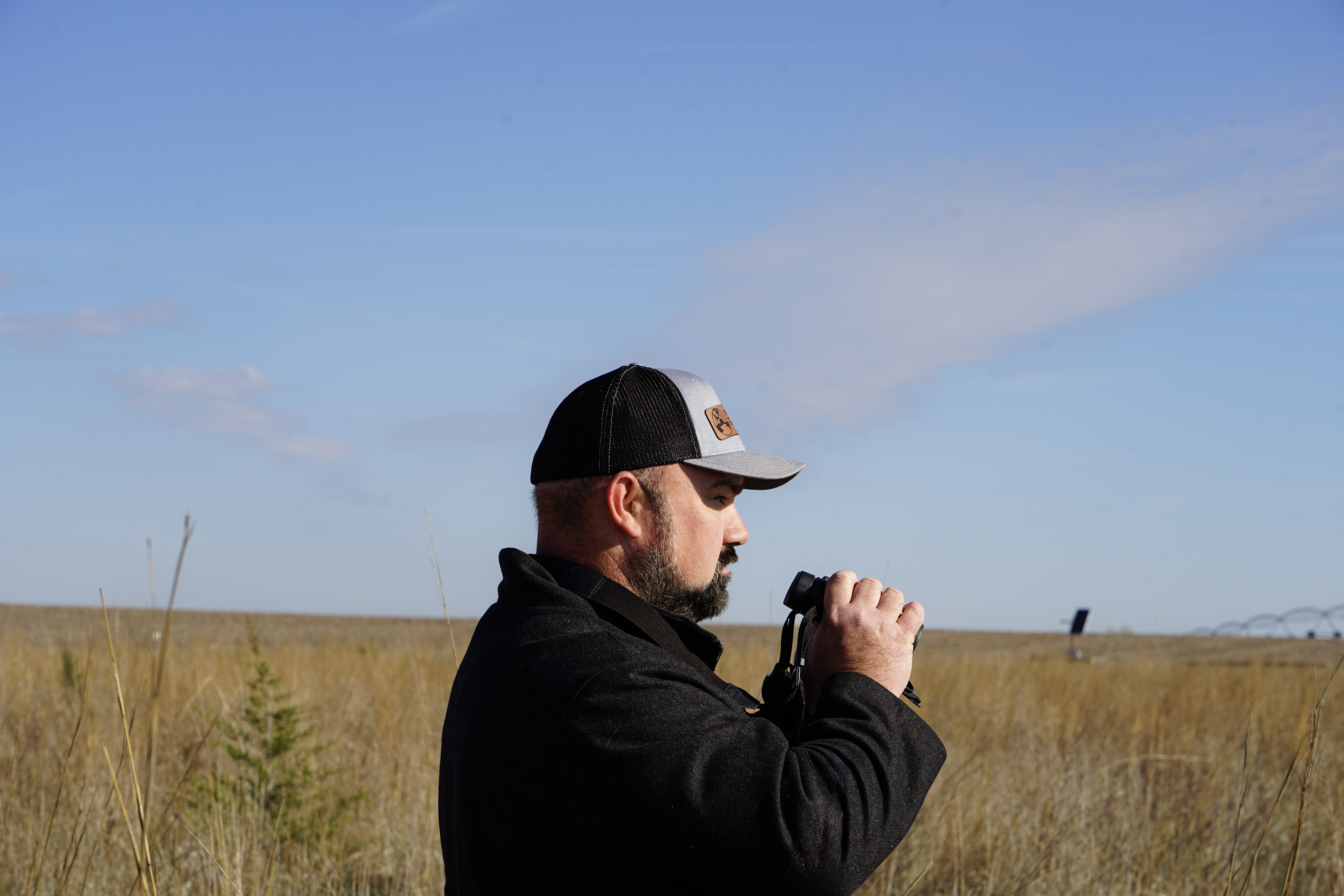
While the prolonged drought in Nebraska means that there wasn’t any ponded water on the landscape this spring and therefore fewer shorebirds than in previous years, there were still plenty of songbirds and gamebirds present during the recent birding event. The Teal View birding activity was part of Nebraska Bird Month and featured binoculars and bird guides provided by the Nebraska Game and Parks Commission. For more information about birding events across the state in May, as well as details about the Nebraska Birding Bowl competition, visit outdoornebraska.gov.
Species identified at Teal View during the recent birding event included the following:
- Marsh Wren
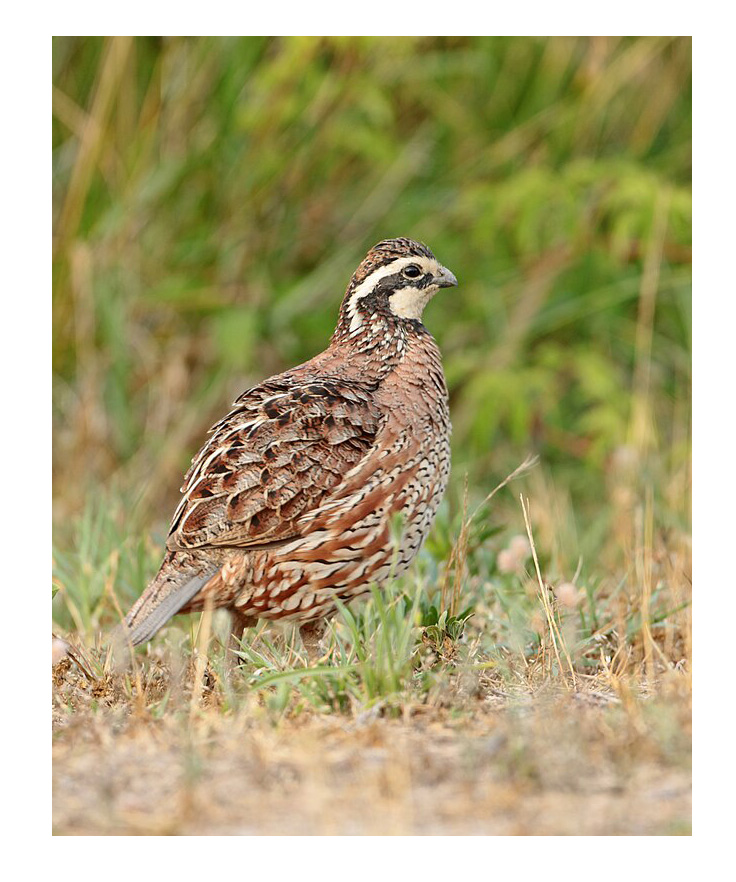
- Brewer’s Blackbird
- Ring-necked pheasant
- Virginia Rail
- Common Yellowthroat
- American Robin
- Northern Bobwhite
- Brown-headed Cowbird
- Clay-colored Sparrow
- Song sparrow
- Western Meadowlark
- Killdeer
- Common Grackle
- Vesper Sparrow
- Brown Thrasher
- Mallard
- Upland Sandpiper
- Red-winged Blackbird
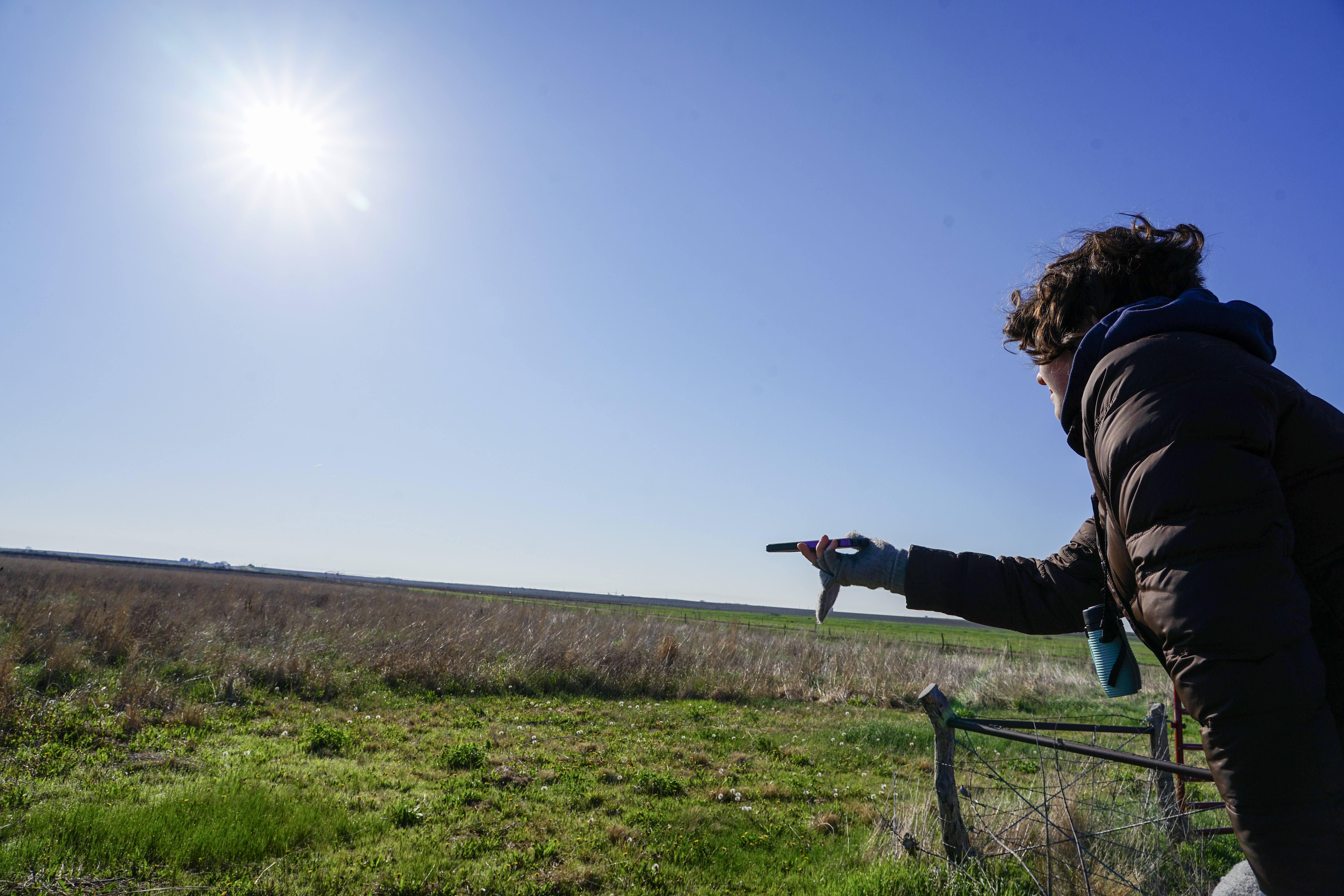
Much of Nebraska’s network of wetlands has been destroyed or degraded in the last hundred years, as the land has been drained and converted for agricultural purposes. What has been lost is harder to quantify than the number of acres. Wetlands improve water quality by filtering agrichemicals before they enter the groundwater supply. They provide habitat for thousands of species of plants, animals, and insects. They reduce the impacts of flooding and prevent soil erosion. A functioning system of wetlands is an essential part of the landscape for a healthy and productive place to call home, for humans and animals alike. Many of Nebraska’s wetlands have been drained and filled to make way for row crops. Today the benefits of wetlands are being recognized more often as the intensity of rain events increase. As a result, there is a greater need for the flood control and water filtration wetlands provide. Programs are available to help landowners restore wetlands, using funds from the NRD and NRCS.
The Upper Big Blue NRD is partnering with other agencies including the Rainwater Basin Joint Venture to protect this spot and use it to educate the public on the importance of wetlands in Nebraska. It is open to the public for wildlife viewing at any time. For more information about Teal View and other NRD recreation areas, visit www.upperbigblue.org/recreation.
Bird photos courtesy of Wikimedia Commons

